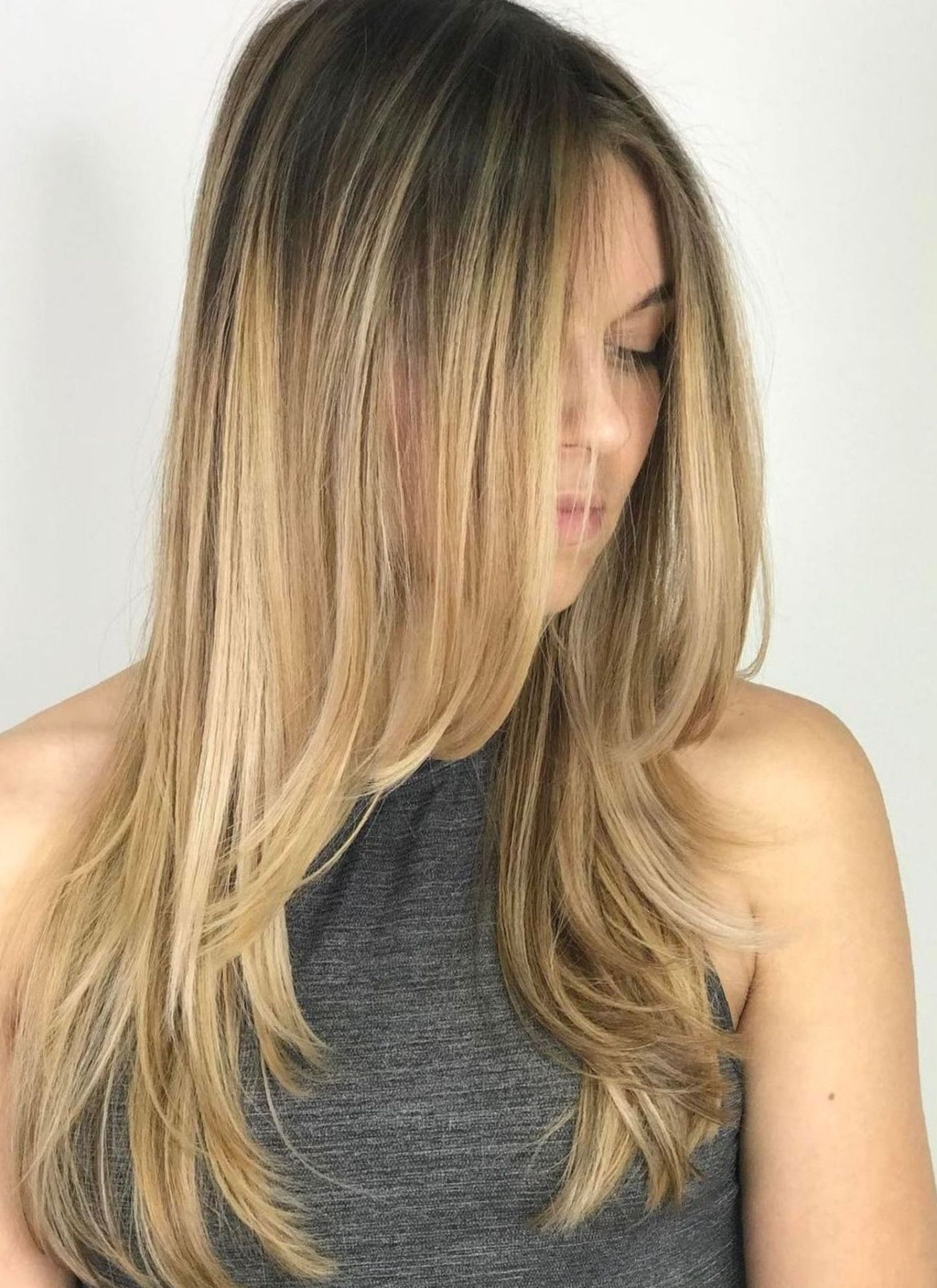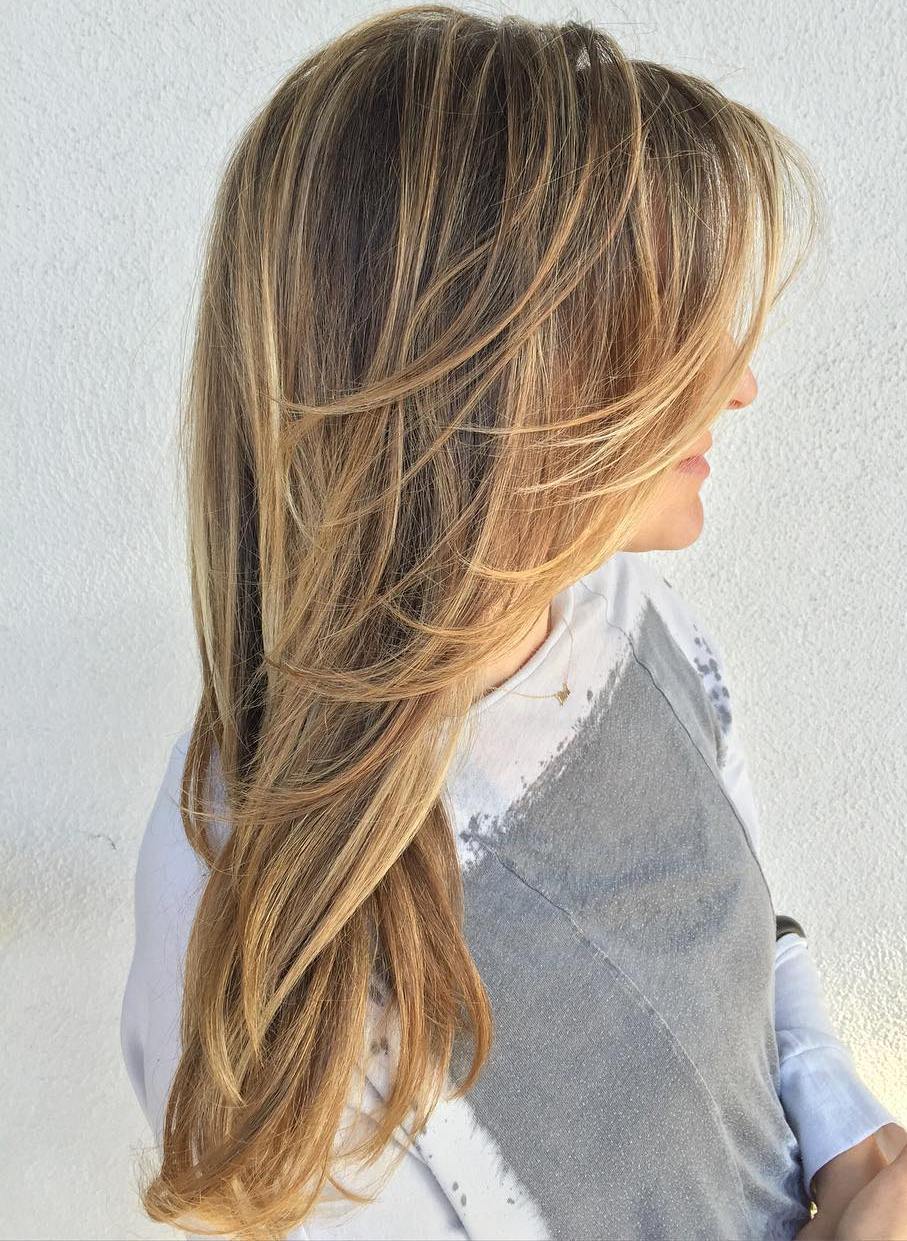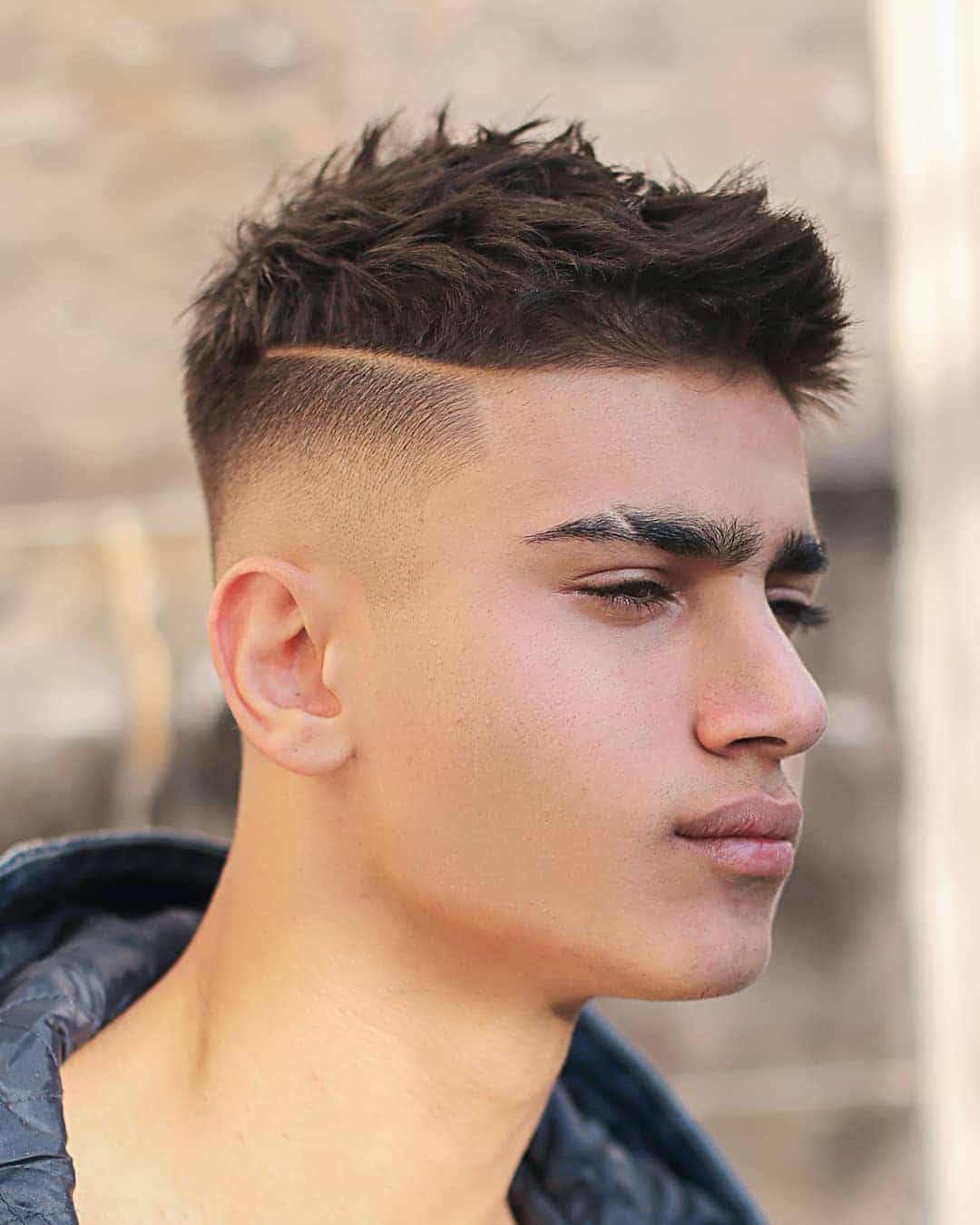Hair is a defining characteristic of our appearance and persona. It adds texture, intensity, and measurement to our ordinary appearance. Layering is a popular approach used by hairdressers to add depth, quantity, and motion to hair. Layering is the system of reducing hair at unique lengths, developing sections which are stacked on top of each other. In this newsletter, we are able to discover the specific types of hair layers and their blessings.
- Quick Layers
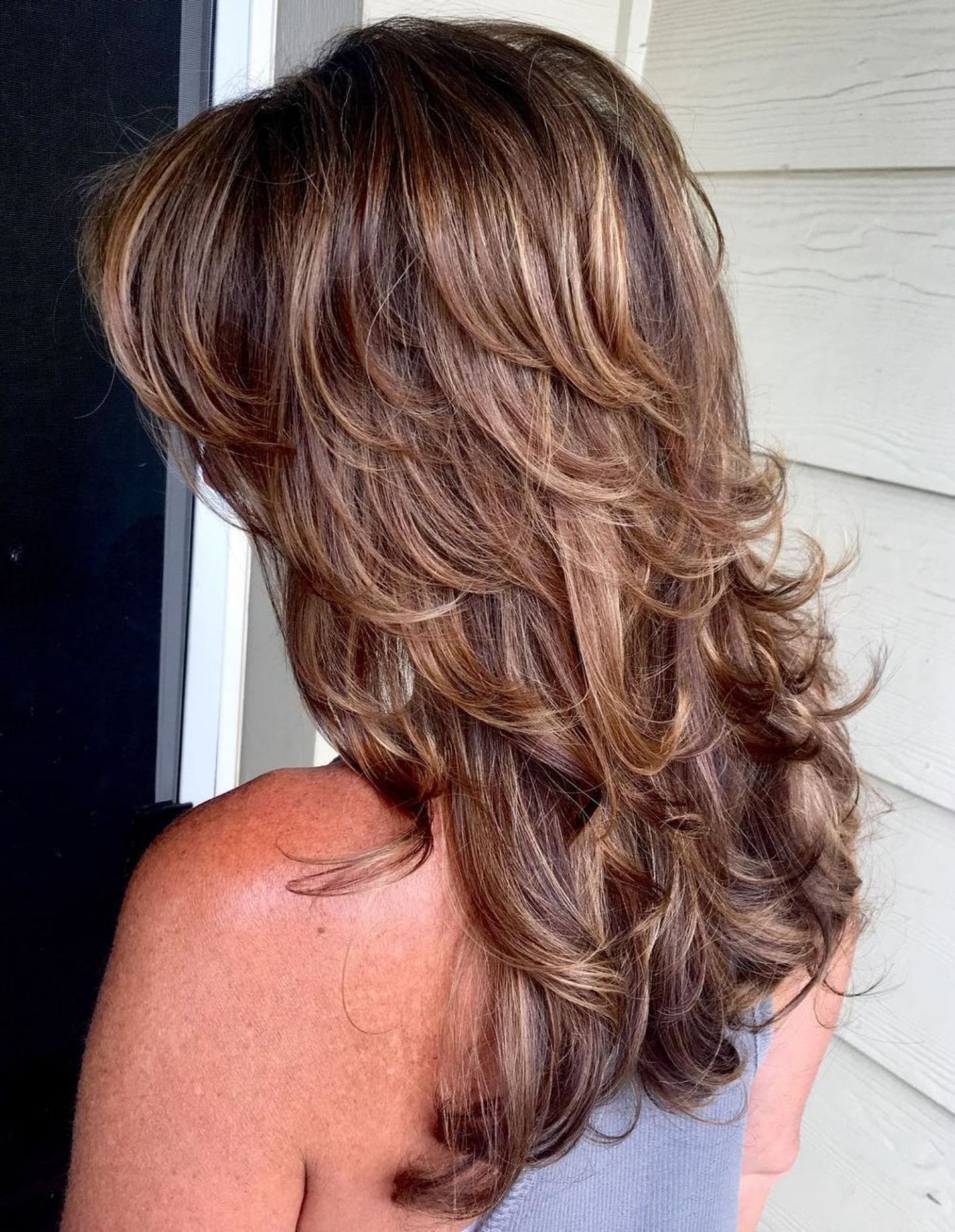
Quick layers are the maximum common type of layering. They’re used to create quantity and texture in quick haircuts, inclusive of bobs and pixie cuts. Quick layers also can add depth to thick hair, making it easier to manage and style. Short layers generally start around the crown of the head and continue downward.
- Long Layers

Lengthy layers are used to add movement and volume to long hair. They’re extensively utilized to create a cascading impact that makes lengthy hair look fuller and bouncier. Lengthy layers usually start across the jawline and retain downward. They may be perfect for people with fine hair who want to add greater extent.
- Face-Framing Layers
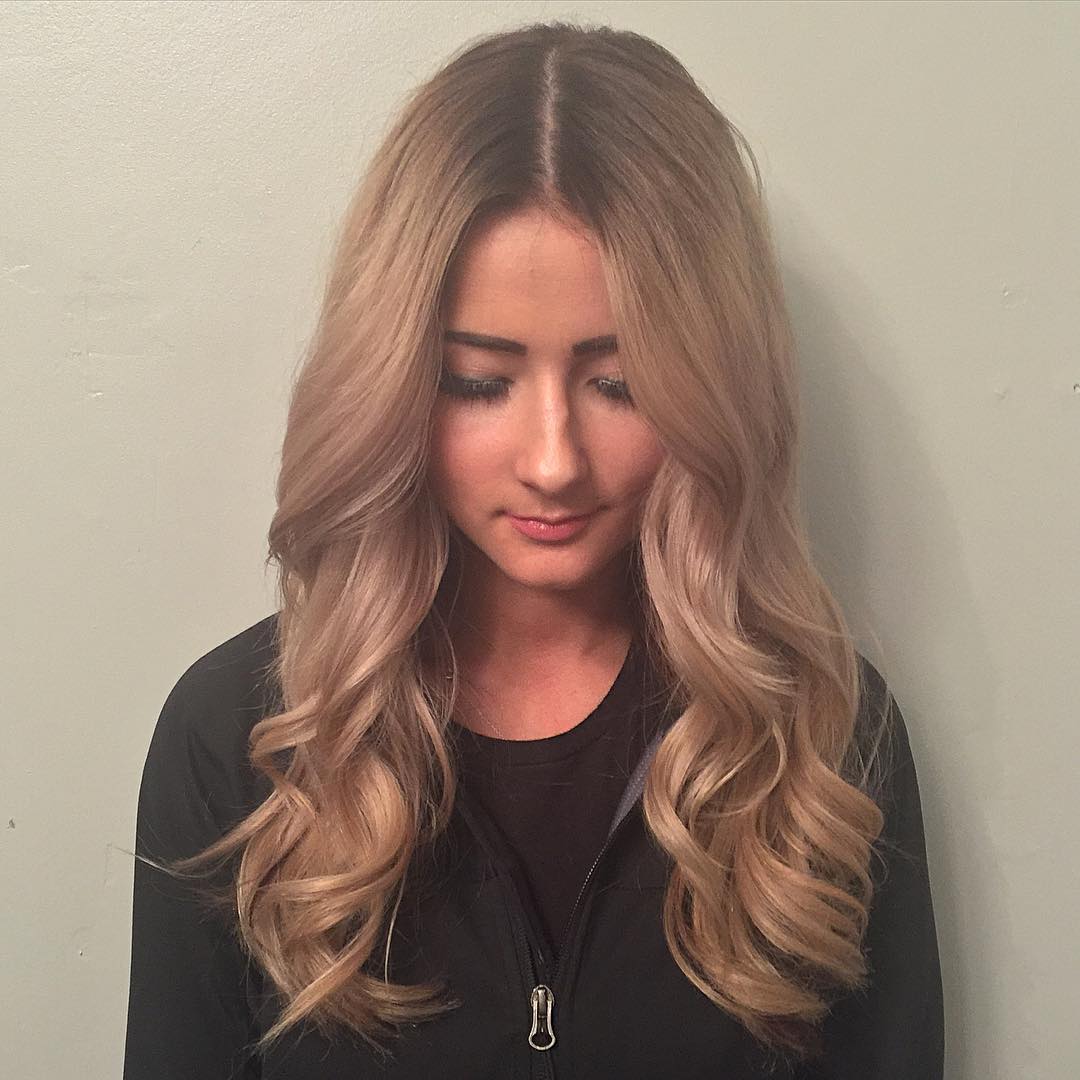
Face-framing layers are used to spotlight your facial features. They’re commonly cut around the front of the face and create a smooth, female appearance. Face-framing layers are best for those with lengthy hair who need to add greater size to their hair.
- Uneven Layers

Uneven layers are used to create a more edgy and textured appearance. They may be regularly used in short haircuts and might add quite a few movement and quantity. Choppy layers are normally cut at exclusive lengths, developing an choppy appearance. They may be best for those who need a bold and bold haircut.
- Feathered Layers

Feathered layers are used to create a smooth and flowing appearance. They are generally cut at a slight angle, developing a feather-like effect. Feathered layers are ideal for those with medium to lengthy hair who want to feature greater motion and texture.
- Graduated Layers
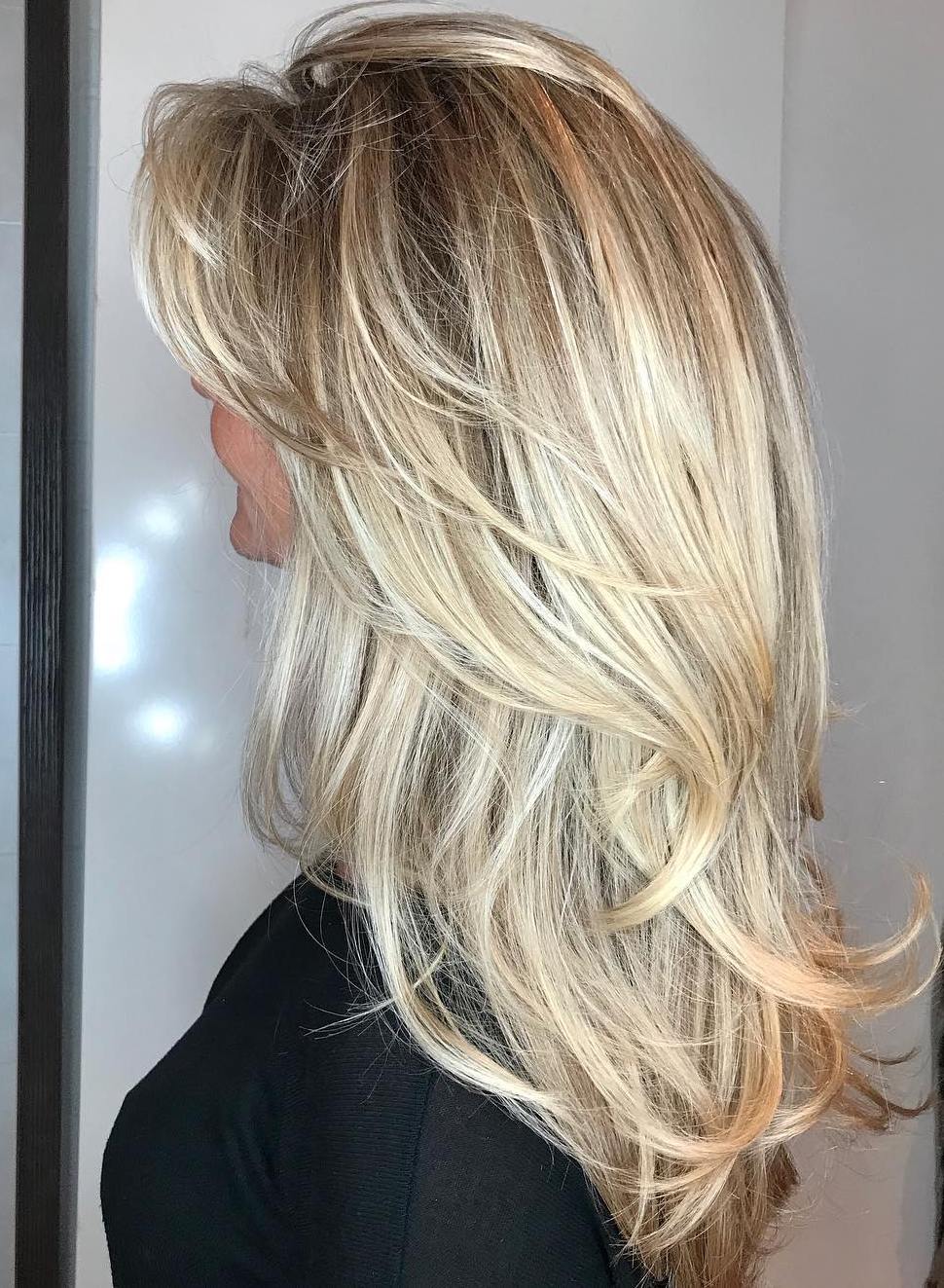
Graduated layers are used to create a dramatic effect. They’re typically cut at special lengths, with the shortest layers at the crown of the pinnacle and the longest layers at the bottom. Graduated layers are best for folks that need a bold and edgy look.
- Blunt cut:
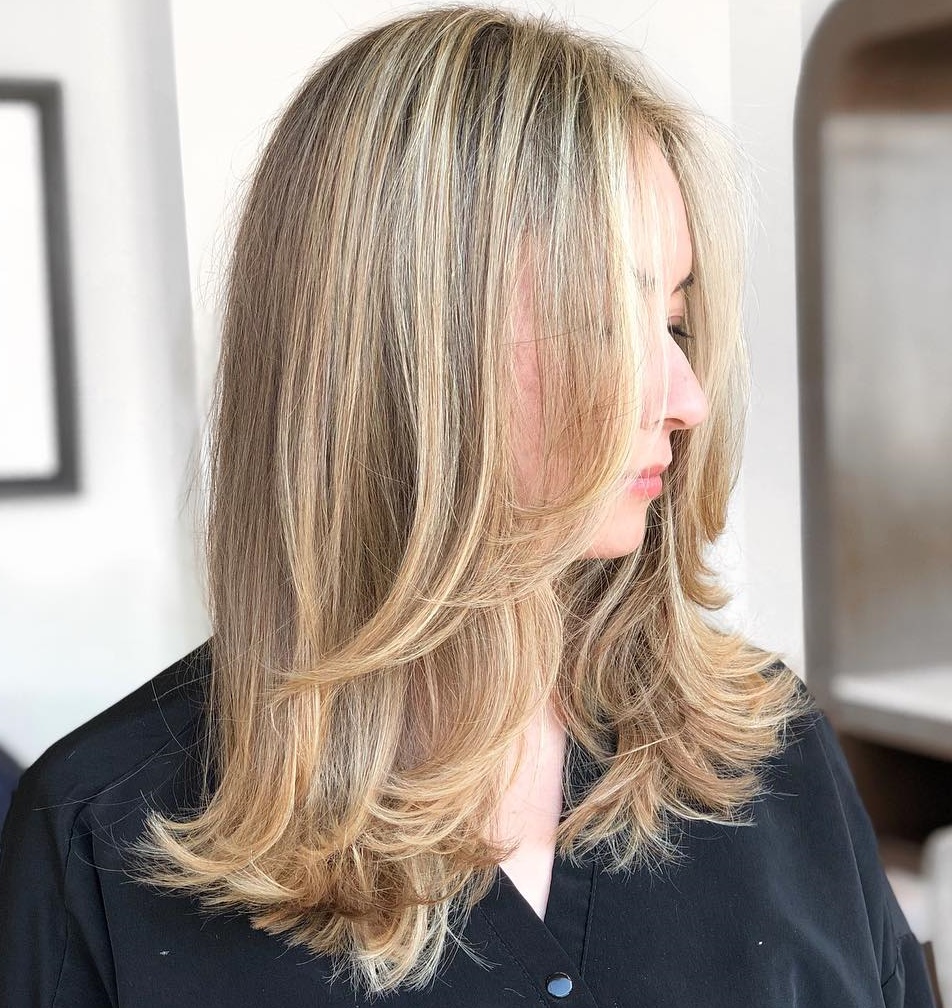
A instantly, even reduce with out a layers. A blunt reduce is a hairstyle where the hair is reduce straight throughout on the ends, without any layers or texture. This type of haircut creates a totally easy and sharp look, and is regularly used to make the hair seem thicker and fuller. Blunt cuts can be worn at any length, from a brief bob to long layers, and may be styled instantly or with a mild wave or curl for added dimension.
This sort of haircut is low preservation and easy to style, making it a popular preference for many human beings. But, blunt cuts may not be suitable for all of us, as they are able to emphasize positive facial capabilities or make the hair look too heavy or cumbersome. It’s critical to discuss with a expert hairstylist to determine if a blunt reduce is the proper desire to your hair type and face form.
- One-length reduce:
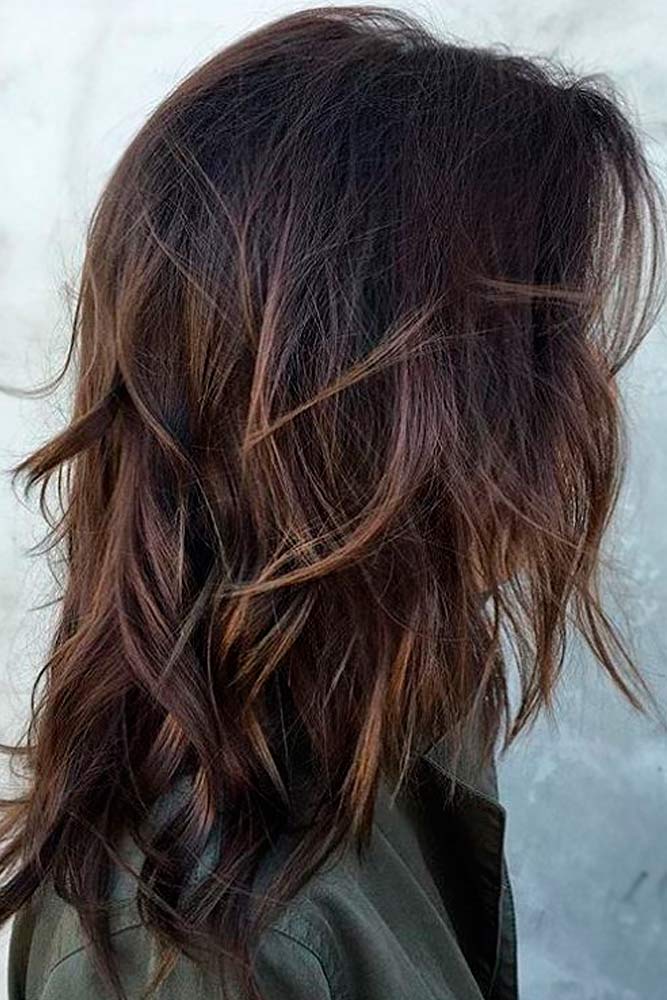
A reduce with all hair at the identical duration. A one-duration reduce with hair layers includes reducing the hair to the equal duration all around the head, at the same time as including layers to create texture and movement. The layers can be created by using slicing the hair at distinct lengths, that may help to present the hair extent and make it less difficult to style.
- Shattered layers:
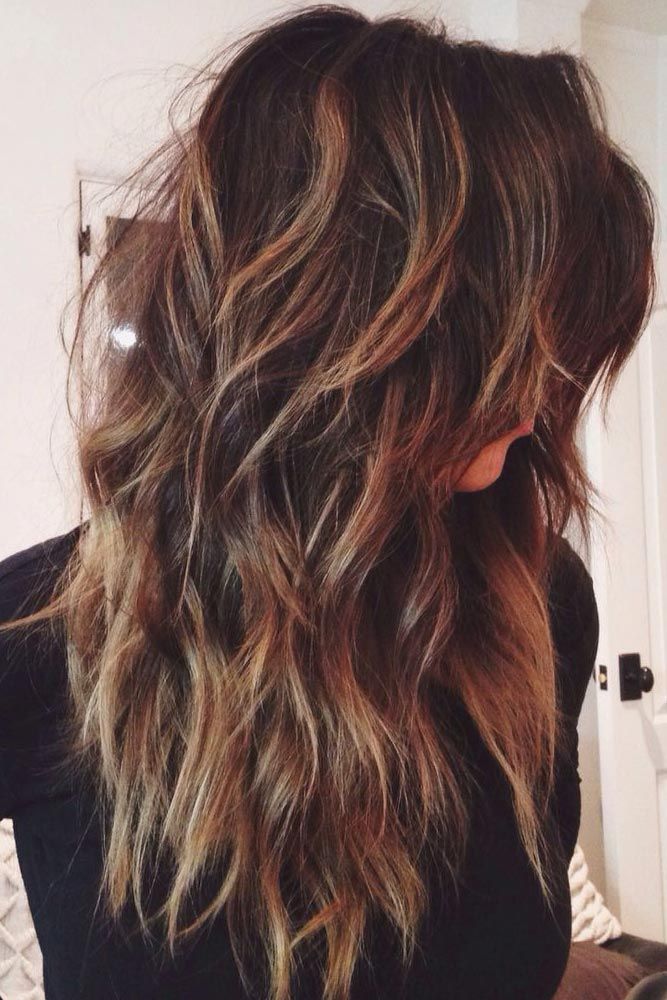
Jagged layers that create a rough, textured look. Shattered layers of hair are a famous coiffure that entails growing layers of varying lengths which are designed to create a extra herbal and textured look. This coiffure is achieved by using a razor or shears to reduce the hair at distinctive angles, growing a jagged and shattered impact that gives the hair extra motion and body.
- Wispy layers:
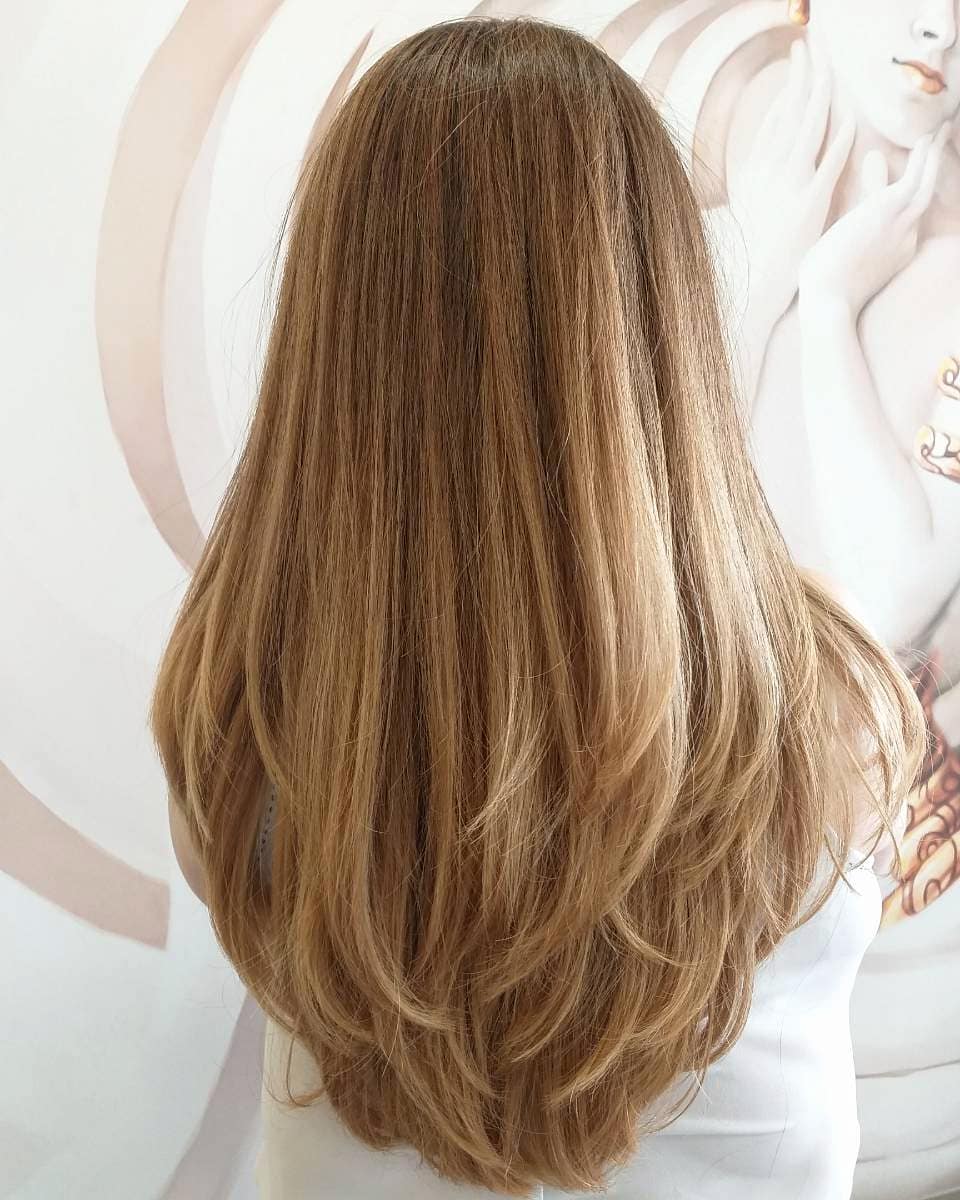
Delicate, light layers that create a smooth, wispy effect. A wispy layered haircut is a famous coiffure that functions subtle layers for the duration of the hair, creating a light and ethereal look. The layers are typically blended in a manner that creates a clean transition from one length to some other, resulting in a natural and effortless appearance. The wispy impact is finished with the aid of texturizing the ends of the hair, giving it a soft and feathery appearance. This fashion works well for diverse hair lengths, from quick to long, and may be customized to suit specific face shapes and hair sorts. Overall, a wispy layered haircut is a flexible and coffee-preservation fashion that can add extent and movement in your hair.
- Tapered layers:

Layers that steadily lower in duration, usually towards the ends of the hair. A wispy layered haircut is a popular coiffure that features subtle layers at some point of the hair, growing a mild and ethereal look. The layers are commonly combined in a way that creates a clean transition from one duration to some other, resulting in a natural and effortless look.
The wispy effect is done by using texturizing the ends of the hair, giving it a smooth and feathery appearance. This fashion works properly for various hair lengths, from quick to long, and can be custom designed to fit different face shapes and hair kinds. Overall, a wispy layered haircut is a versatile and occasional-renovation fashion which could upload volume and motion on your hair.
- Feathered layers:
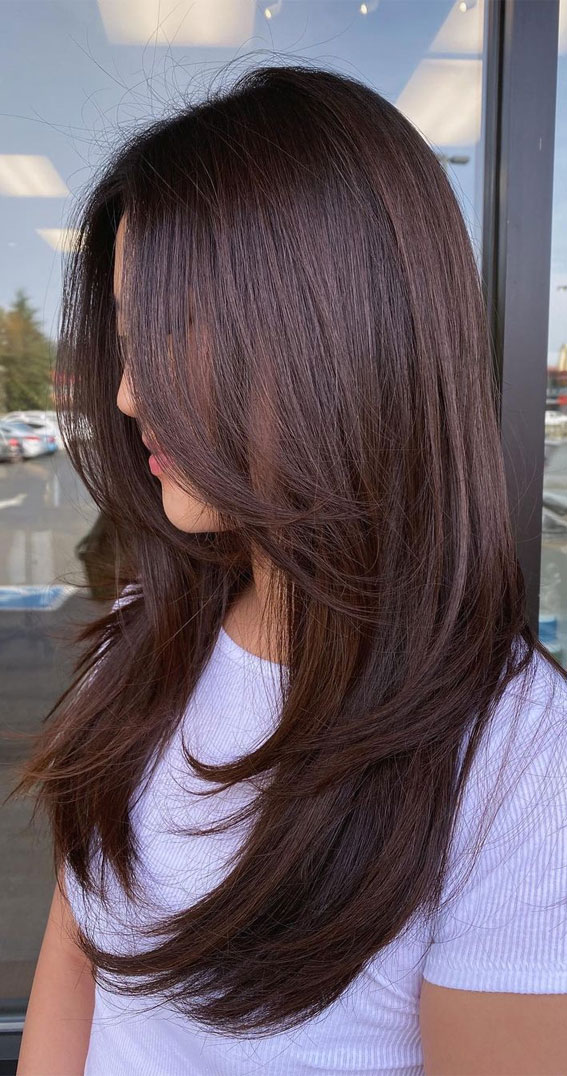
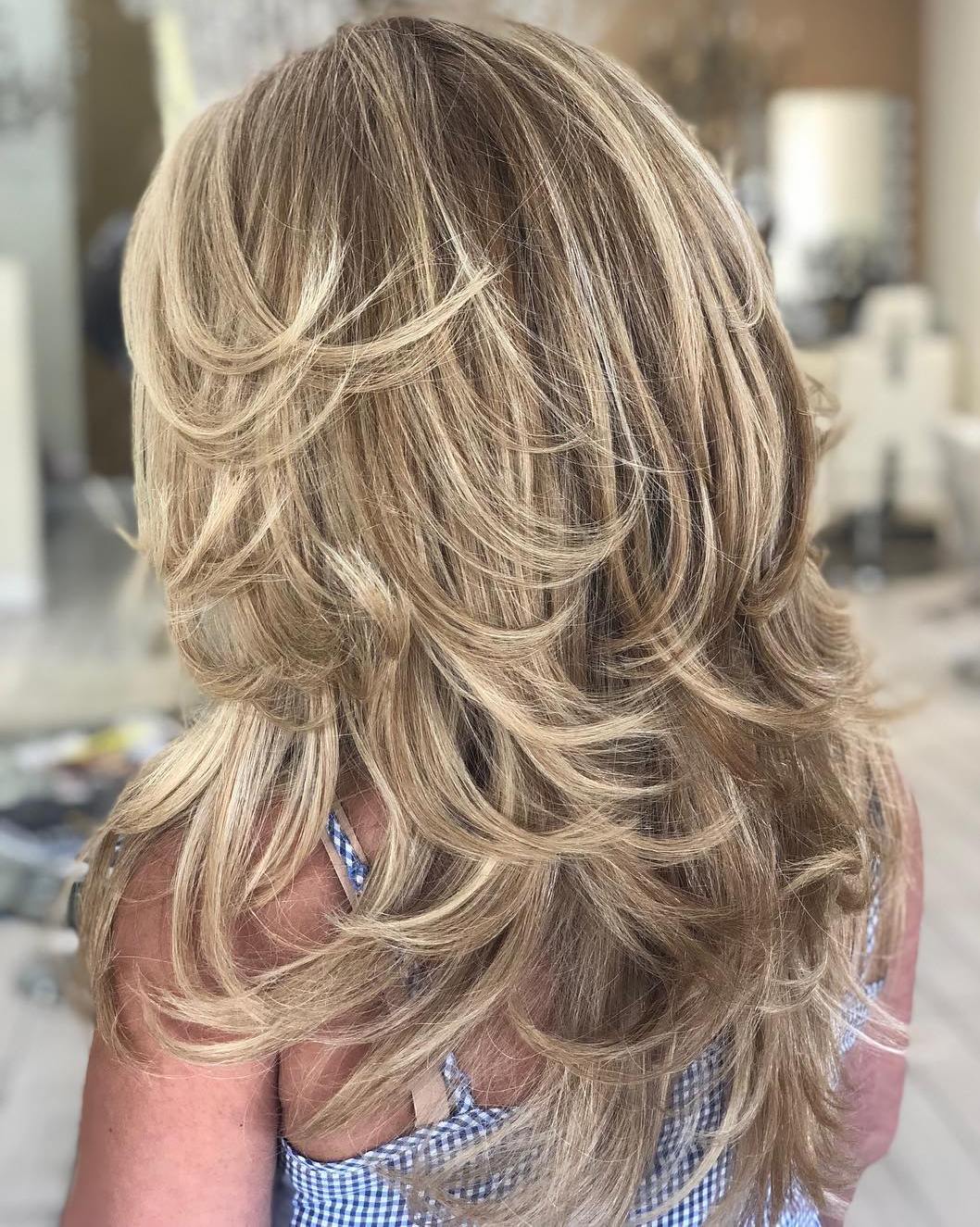
These layers are reduce in a V-shape, with shorter layers on the pinnacle and longer layers at the bottom. They devise a soft, feathered effect and are frequently used to feature quantity and movement to longer hair.
- Razored layers:
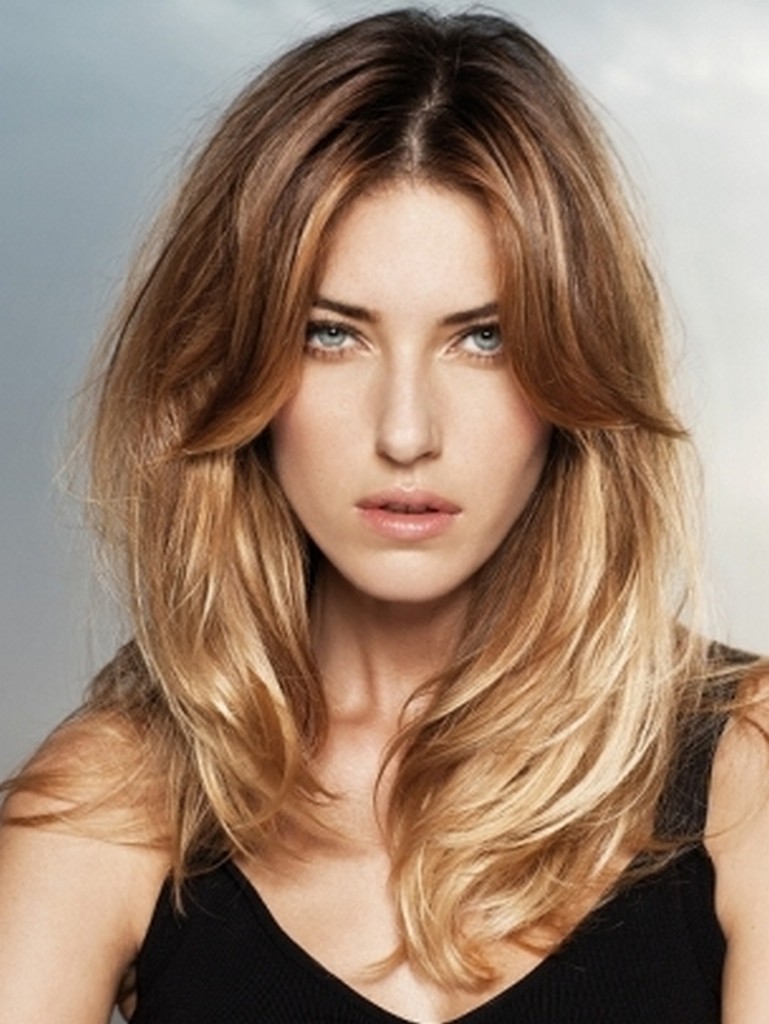
This approach includes the usage of a razor to create choppy, wispy layers.
The end result is a textured, uneven appearance this is popular with many contemporary hairstyles.
- U-fashioned layers:

As the call shows, this layering approach includes reducing hair into a U-shape, with longer layers in the front and shorter layers in the back. This style is regularly used to create a more dramatic, voluminous look.
- Layered bangs:

Bangs can also be layered to create a softer, extra natural look. This includes reducing the bangs into shorter layers that blend seamlessly into the rest of the hair.
- Textured layers:
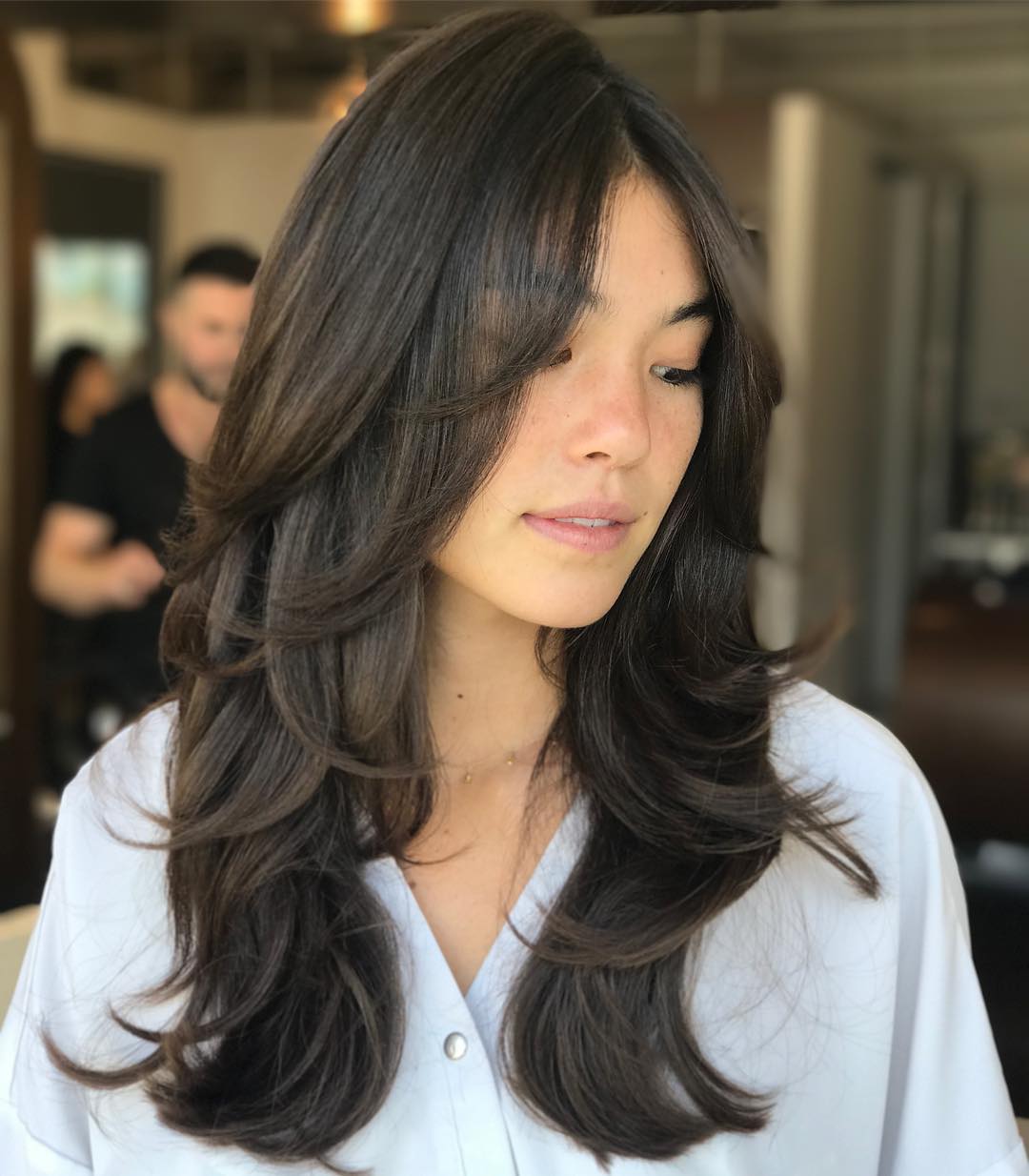
This method includes reducing the hair into a selection of lengths to create a textured, messed up look. It’s regularly used to feature volume and motion to shorter hairstyles.
- Uniform layers:
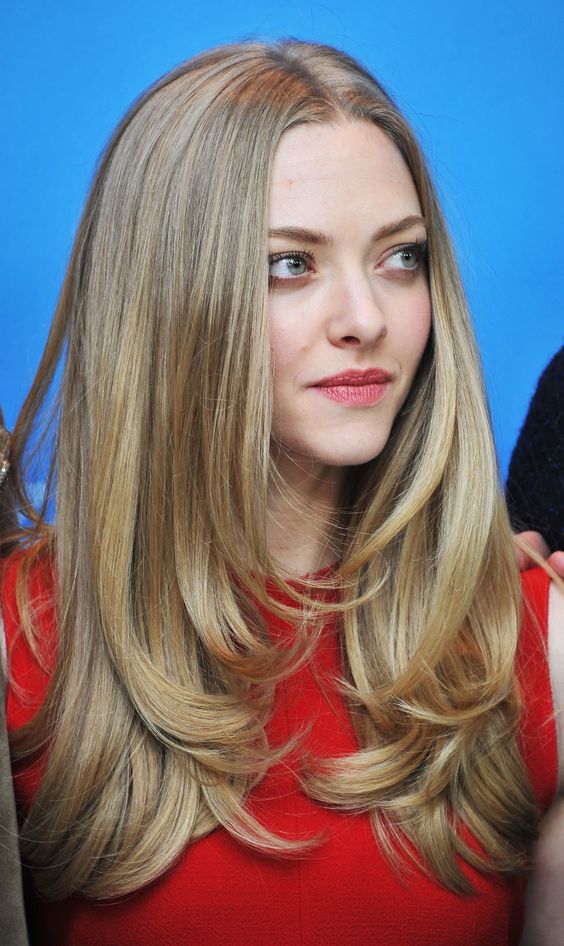
those layers are cut at a constant duration all through the hair. This fashion is frequently used to create a extra polished, refined appearance.
- Curly layers:
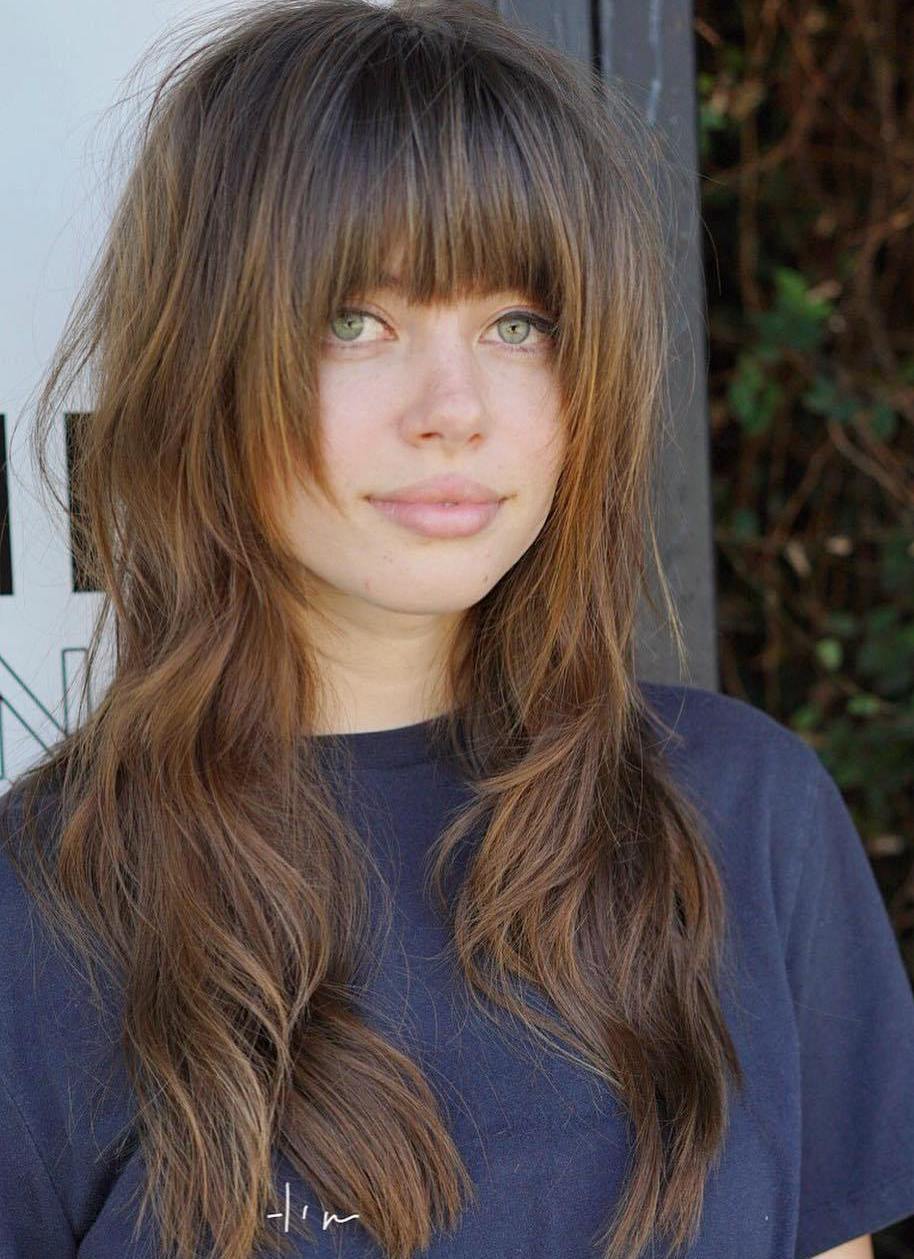
Layers also can be reduce to enhance herbal curls. This includes slicing the hair into layers that follow the natural curl pattern, growing a bouncy, voluminous impact.
- Micro-layers:
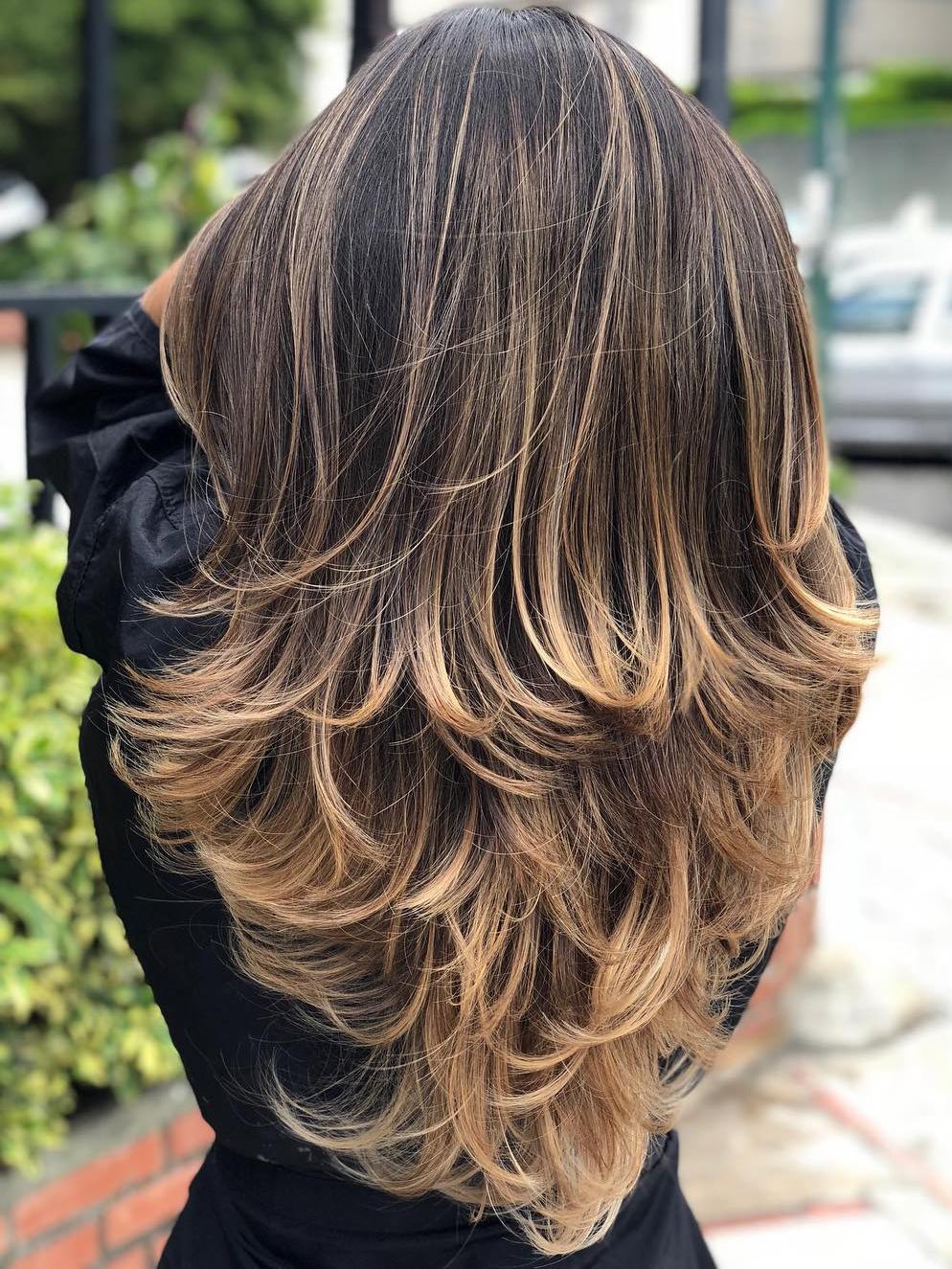
Those are very brief layers which are cut into the hair to create a choppy, edgy appearance. They are frequently utilized in shorter hairstyles to feature texture and extent.
- Messed up layers:
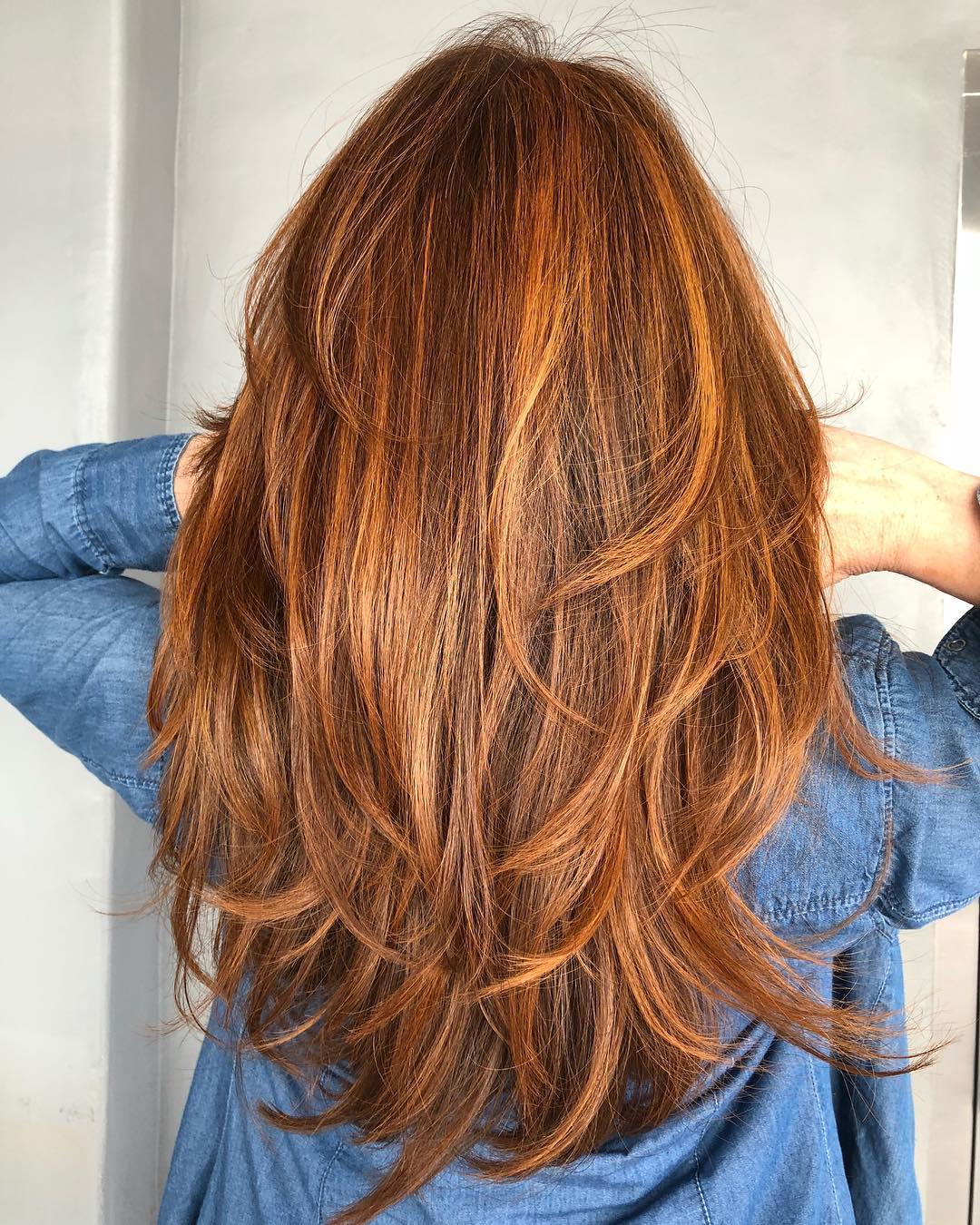
This technique involves cutting the hair into choppy, textured layers to create a messy, messed up look. It’s regularly used to create a informal, handy style.
Conclusion:
In end, hair layering is a famous approach used by hairdressers to feature volume, depth, and motion to hair. There are unique kinds of hair layers, every with its very own benefits. Short layers are best for including quantity and texture to quick haircuts, while lengthy layers are perfect for adding movement and quantity to lengthy hair. Face-framing layers are used to focus on your facial functions, whilst choppy layers create a extra edgy and textured look.
Feathered layers create a soft and flowing appearance, and graduated layers create a dramatic effect. Discuss with your hairstylist to determine which sort of layering will paintings first-class on your hair kind, face form, and preferred appearance.
FAQ’s:
Q :1 What are hair layers?
A: Hair layers are exclusive lengths of hair which are reduce to create texture, volume, and movement in the hair. Layering entails reducing the hair at extraordinary angles, ensuing in sections of hair which might be shorter or longer than the rest of the hair.
Q:2 What are the unique varieties of hair layers?
A: There are several varieties of hair layers, along with long layers, brief layers, uneven layers, face-framing layers, and feathered layers. Long layers are cut into the hair at the ends to create movement and upload extent. Brief layers are reduce toward the pinnacle to create texture and volume. Uneven layers are reduce in an uneven, jagged pattern to create a messy, edgy look. Face-framing layers are reduce across the face to attract attention to the capabilities. Feathered layers are cut at an perspective to create a gentle, wispy impact.
Q:3 What form of layer is exceptional for quality hair?
A: quality hair has a tendency to lack volume, goodbye layers are often encouraged to create the phantasm of thickness and extent. Long layers create motion inside the hair, that could make it look fuller.
Q:4 What type of layer is excellent for thick hair?
A: Thick hair may be heavy and difficult to manage, so shorter layers are frequently endorsed to take away some of the majority. Brief layers create texture and decrease weight, making thick hair more plausible.
Q:5 Can layers paintings for any hair length?
A: sure, layers may be brought to any hair period. However, the duration of the layers and the technique used will range relying on the duration and texture of the hair.
Q:6 How frequently should hair be layered?
A: The frequency of layering depends at the person’s hair boom fee, hair duration, and personal choice. For the majority, getting a haircut every 6-eight weeks is suggested to keep the form and style of the hair. Layering can be executed in the course of every haircut or every different haircut to maintain the favored fashion.
Q:7 Can layers be added to curly hair?
A: sure, layers may be introduced to curly hair to create extra defined curls and reduce the burden of the hair. However, it’s miles critical to have the layers cut by using a stylist who is experienced in operating with curly hair to avoid undesirable frizz or unevenness.
Q:8 Can layers be introduced to directly hair?
A: yes, layers may be added to instantly hair to create motion and texture. But, it’s far vital to select the right length and kind of layers that complement the herbal texture of the hair. Straight hair may additionally require shorter layers to feature volume and motion, at the same time as longer layers may match better for wavy or curly hair.
